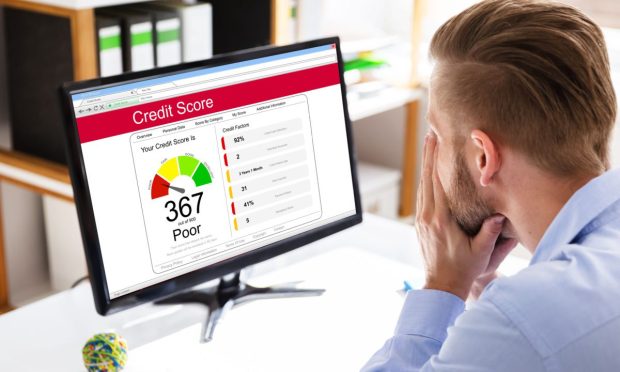Alt Credit Models and Platforms Improve Financial Inclusion for Credit Marginalized Consumers

The traditional ways and means of scoring credit risk — and extending credit — are leaving significant swaths of consumers disenfranchised.
And it’s the emergence of platforms, and alternative data sources, that can help fill the gaps and broaden financial inclusion for the individuals and households that, as shown in recent research by PYMNTS and Sezzle, have been “credit marginalized.”
As noted in the report, “How Credit Insecurity is Changing U.S. Consumers’ Borrowing Habits,” we identified the segment of the population that wind up marginalized because of past experience: They’re the 25% of all consumers who companies have rejected at least once when applying for credit products in the past.
We found that credit marginalized consumers are less likely to apply for new credit products. Within that group, 26% of those defined as marginalized say they shy away from applying for new credit because they have low credit scores. Another 21% say that they’d harbored a fear of rejection.
As for those low credit scores, more than 51% of the marginalized population have credit scores below 650 — or have no credit score at all. Thus, the vicious cycle: If they do apply for credit, they’re likely to be rejected. If they get rejected, they don’t get the chance to build their credit files — and boost their scores. If they don’t boost their scores, they’ll possibly keep getting rejected, or receive credit that’s on less than favorable terms, which then becomes a hardship, which leads to pressure in the current macro environment, where PYMNTS data finds that 86% of credit marginalized consumers live paycheck to paycheck.
Traditional credit scoring looks back on history — how much was owed, and the timeliness of payments. That history cannot be established when marginalized consumers cannot build it. Credit scores also rely on credit card applications, so when the marginalized population is trepidatious about applying for those cards, the negative impact on scoring is compounded.
Looking to Alternative Data
A growing movement to use alternative forms of payments data — phone and electric bills, and other utilities, rent, and personal loans — can help would-be lenders broaden the field of credit-worthy borrowers. The three major credit bureaus are set to start including rent payments in credit reports. As spotlighted here last fall, rental financial services company Jetty launched a new service that will help renters build their credit history by reporting their rent payments to all three credit bureaus.
Elsewhere, in an announcement at the end of last year, Sezzle is now offering its credit-building service Sezzle Up in Canada. Sezzle Up, which has been available in the U.S., enables users of Sezzle’s buy now, pay later (BNPL) solution in Canada to opt in to report their payment behavior to credit reporting agencies. Platform models such as on offer from the likes of SoFi and LendingClub also offer an ecosystem that helps build credit: They offer deposit accounts and personal loans in the mix, which typically provide lower-cost credit relative to cards. The virtuous cycle of lending/spending/savings winds up building up a history that can be presented across more traditional channels — boosting credit scores and eligibility in the process.

